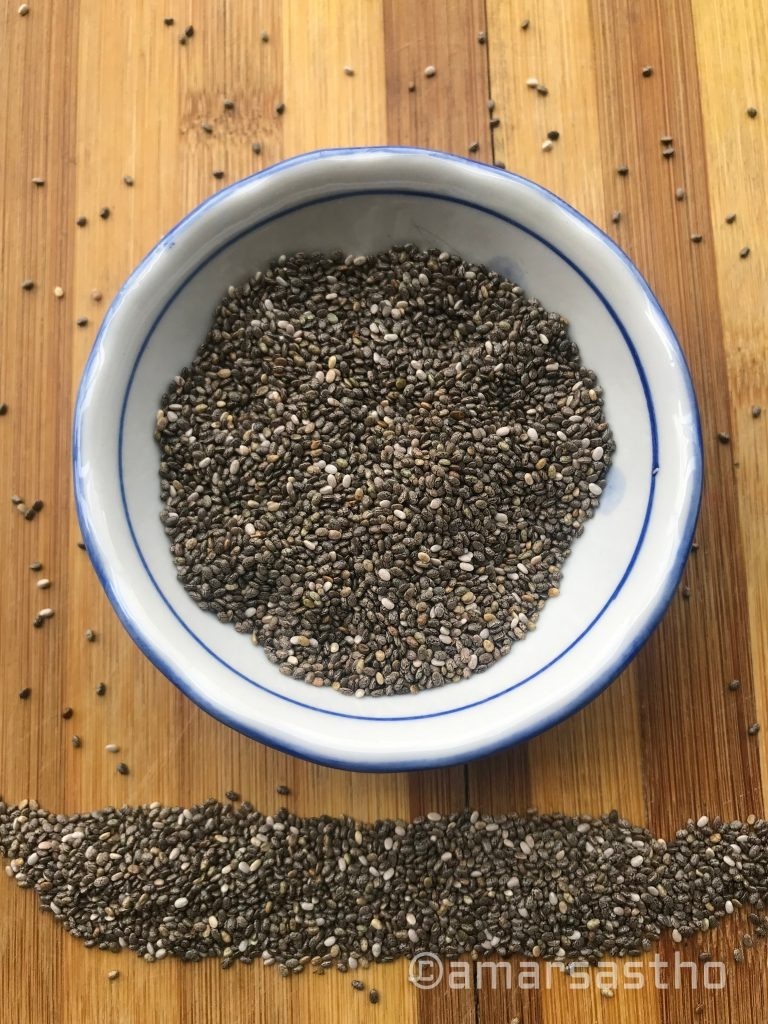Prostate cancer is the second most common cancer in males. Nearly 100% of local or regional men prostate cancer will survive more than five years after identification.
Nearly 100% of local or regional men prostate cancer will survive more than five years after identification. Gleason score to the disease based upon its microscopic appearance. Prostate Cancer with a higher Gleason score is more hostile.
Grades of Prostate cancer
Status 1: The cancerous prostate strongly resembles normal prostate tissues. The glands are small, well-formed and personally packed.
Status 2: The tissue still has well-formed glands, but they are larger and have more tissue between them.
Status 3: The tissue still has familiar glands, but the cells are darker. At high enlargement, some of the cells have left the glands and are beginning to invade nearby tissue.
Status 4: The tissue has few familiar glands. Many cells are invading the close tissue.
Status 5: The tissue does not have recognizable glands. There are often just sheets of cells during the close tissue.
Here are the Stages of Prostate Cancer:
The stages of the blood cancer are divided on the basis of metastasis. There are different rules to define different stages, according to the symptoms and level of metastasis.
Stage 1: In First Stage, Prostate cancer is confined to the prostate.It is generally likely to be slow growing. Cancerous cells, but the tumor is small and only affects one spot. A tumor will not reveal on a digital rectal exam (DRE) or ultrasound.
Stage 2: In 2nd Stage, cancer may be detected during a digital rectal test. The disease is still confined to the prostate, but the cells may be abnormal and may grow faster. Medical tests may not discover a tumor, though as this stage advances. The PSA score is between 10–20. An early stage 2 tumor is grade 1, rising to 3 in the later phases of stage 2. The Gleason score is 6, rising to 7 or 8.
Stage 3: At 3rd stage of prostate cancer, the cancer is in tissues close to the prostate. It also may have reached the seminal vesicles.PSA can be any value but may be 20 or more. The grade group is 1–4 at first, and as high as 9–10 at the end of stage 3.
Stage 4: Stage 4th prostate cancer means that cancer has invaded other parts of the body, such as the rectum, nearby lymph nodes or bone. It may have spread to distant organs, such as the bones and liver. The status/grade group, Gleason score, and PSA levels can be any number.



























